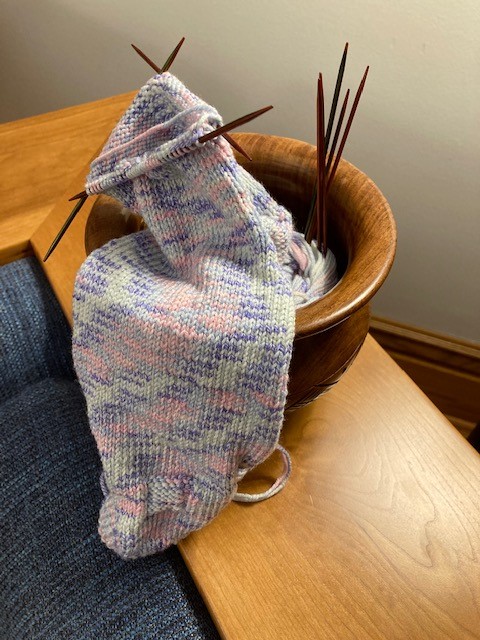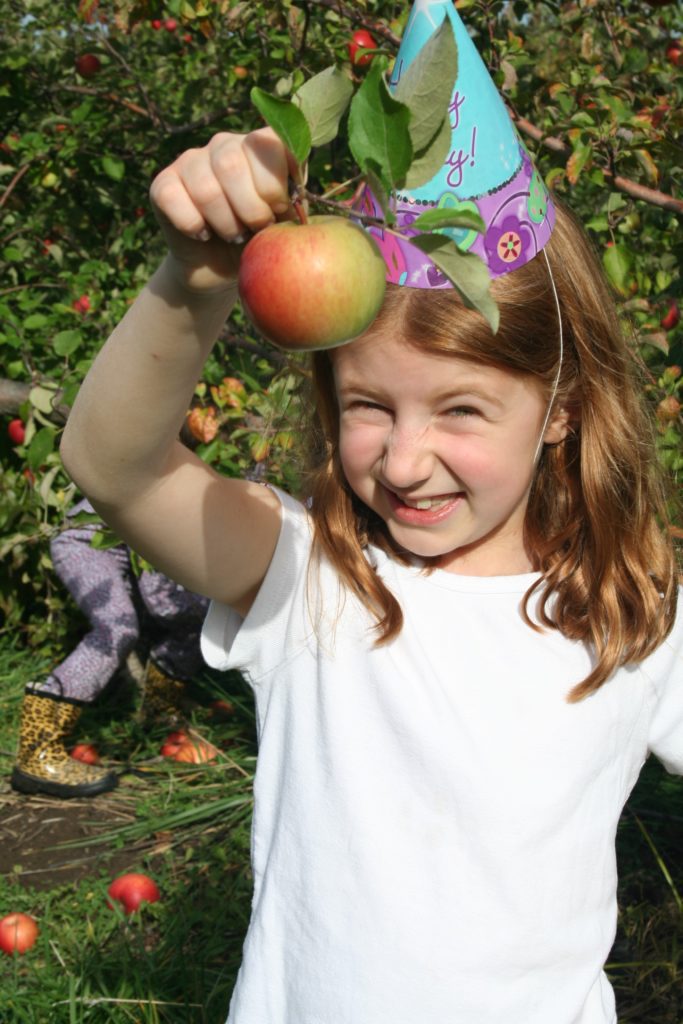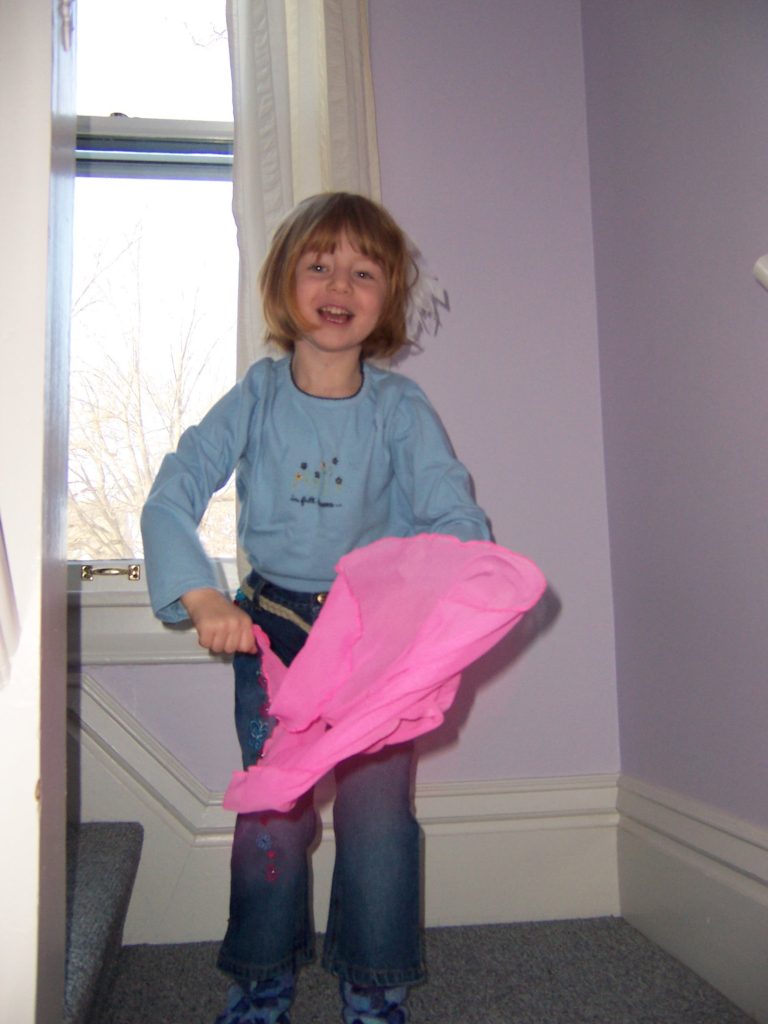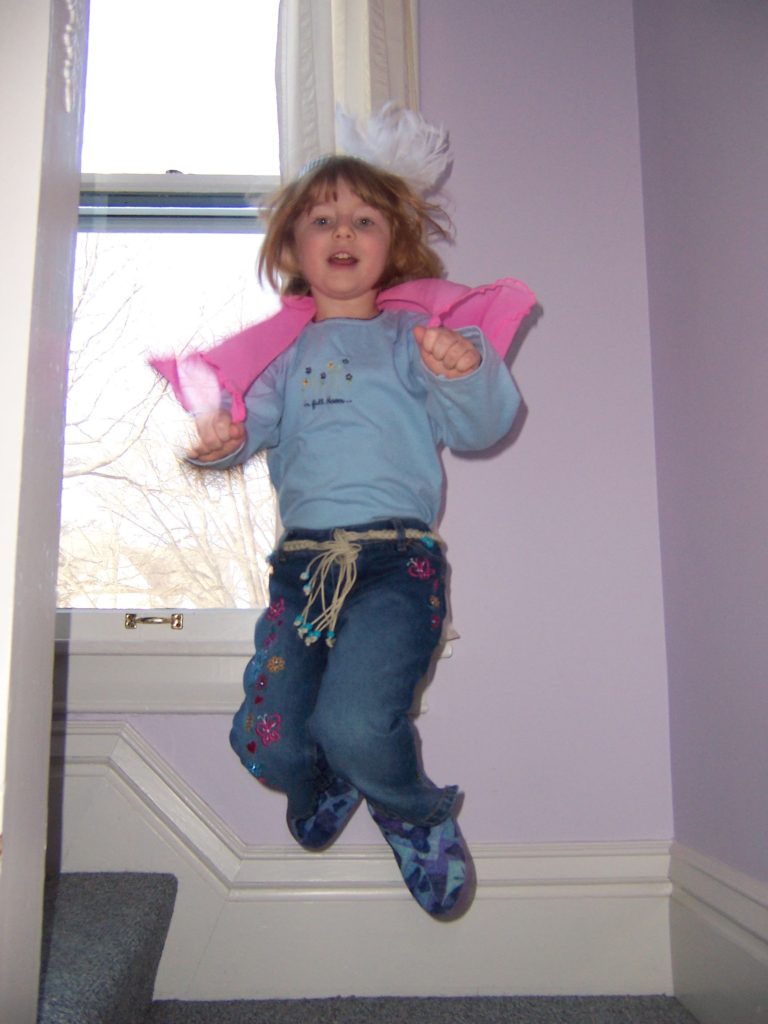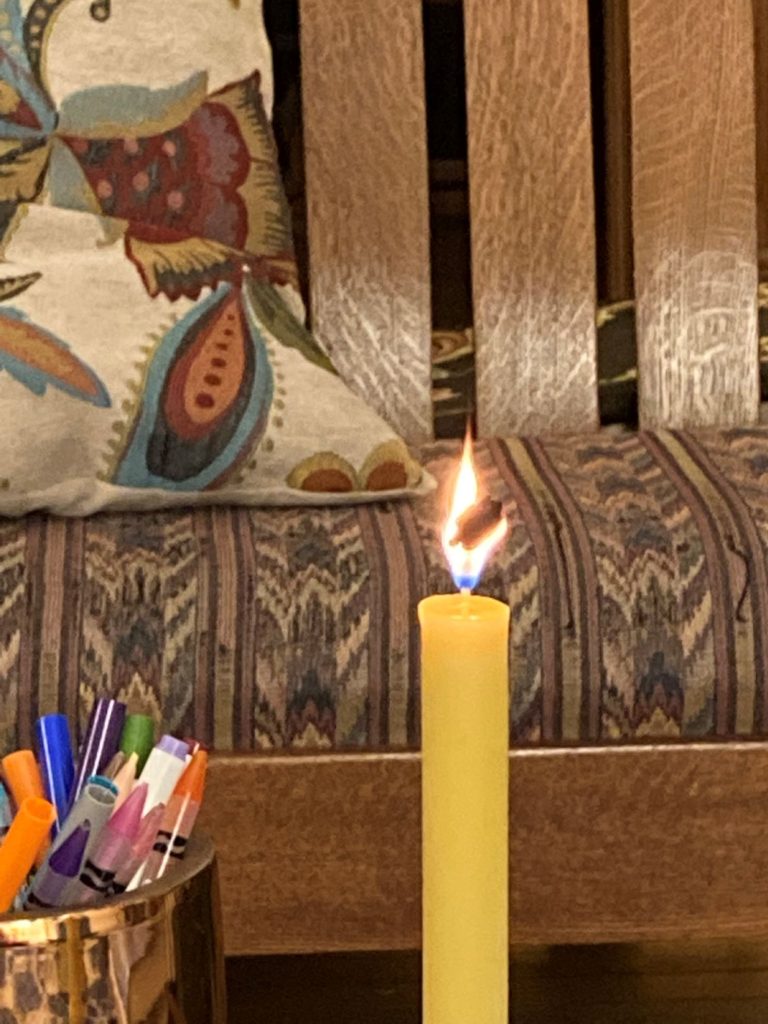
Perhaps best known as a novelist of dystopian fiction, Margaret Atwood is a Canadian-born giant in the world of literature. Her work is translated into thirty languages, and she seems to have an unlimited imagination and prodigious work ethic along with her fierce intelligence.
I first read her novel, Surfacing, in a women’s studies class during my sophomore year of college. I was mesmerized, and it has held up over many re-readings. Perhaps my favorite of her novels is the work of historical fiction, Alias Grace. (Yes, not only the exquisite sentences, the historically nuanced questions of identity, and the mystery, but the structure that uses names of quilt patterns–shall I just say, she had me at “Jagged Edge”? In all, Atwood has published work in virtually every genre, so perhaps it comes as no surprise that she is an exceptional poet.
Here is a link to my favorite poem by Atwood, about herself and her father, simply titled “Bored.” It was published in The Atlantic in 1994. I first encountered it two decades ago and I have never forgotten it. I reread it often, and I find that every time I get to the last line I am surprised by the lump in my throat. (When you read the poem, you will understand why I selected the haunting image above.)
For more poems by Atwood, take at look at the Poetry Foundation website.
Here is a link to this phenomenal author’s own website. The always surprising Atwood has a new surprise for us–she–the doyenne of dystopian fiction–is convening a master class this year in “Practical Utopias: An Exploration of the Possible.” If you scroll down to the two-minute video and listen to Atwood describe the eight-week online seminar, you’ll find a moment at the end that made me laugh out loud. The first time Atwood has startled me into laughter, I think! The line-up of experts across many fields is impressive and intriguing, and makes me wonder how her own discoveries will affect her future fiction and poetry. There is also much more about her biography, bibliography, and even samples of her hand-drawn cartoons (yes, she does that, too!)
If you have a favorite poem by Atwood, please let me know!

Background on Today’s Poem, “Celestial Navigation”:
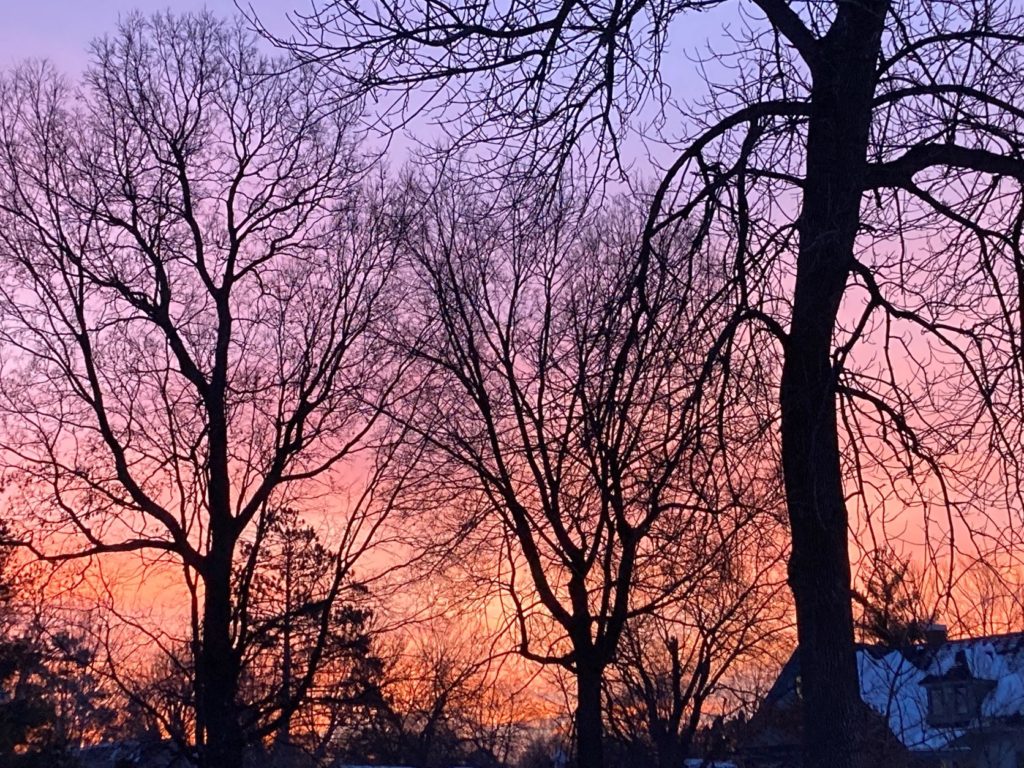
Not so much to say about this poem, except that I find it helpful to step out each morning for just a few breaths of fresh air, and also that every a friend (thanks, Ann!) enrolled me in the Cloud-a-Day organization I find that I photograph the sky nearly every day, often many times each day.
Happy reading! Happy writing! LESLIE

